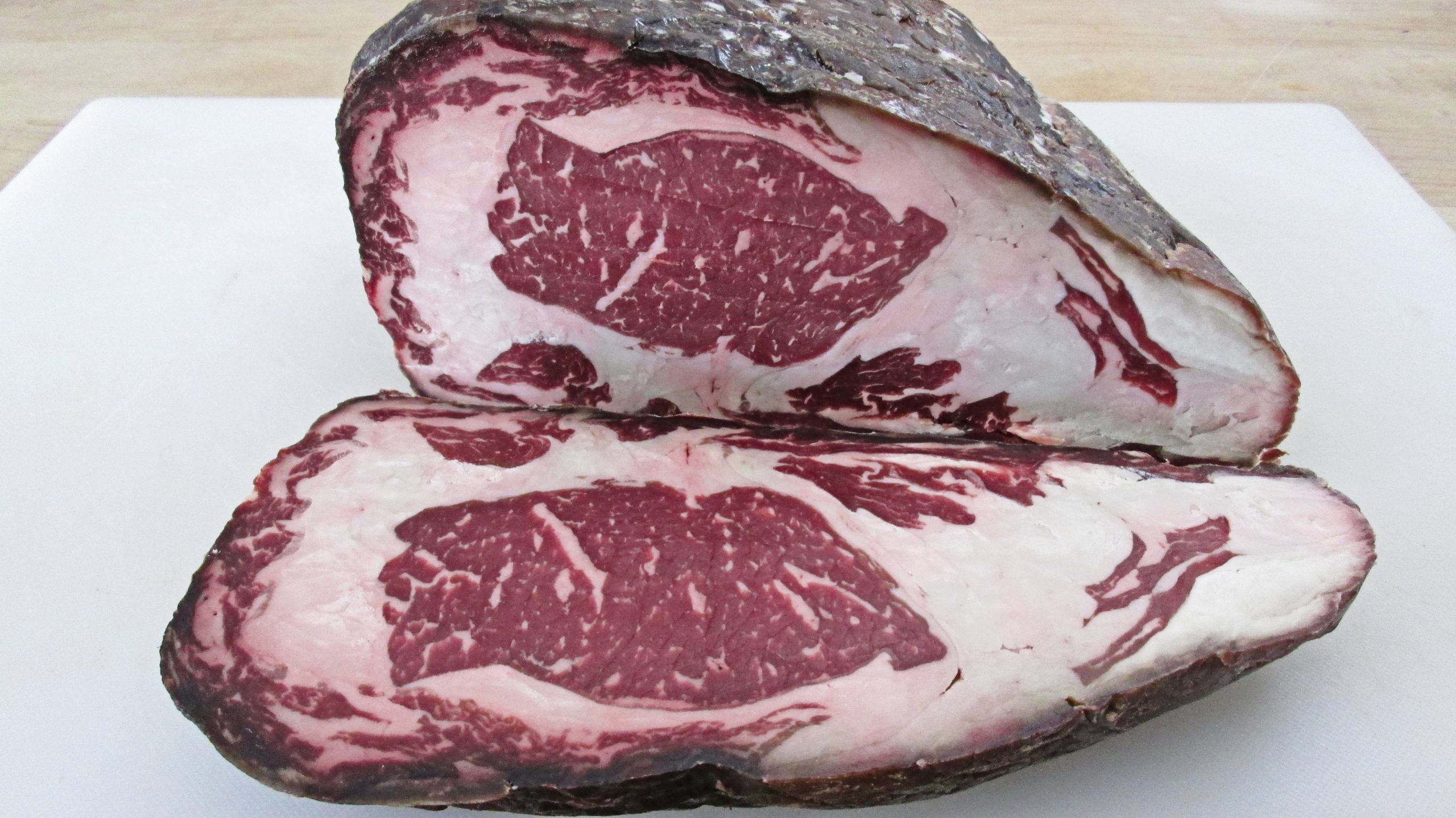
Dry Aged Beef
Unlock the rich, intense flavors of dry-aged beef right at home! Learn the process of aging beef to enhance tenderness and depth, with step-by-step tips on creating that perfect steakhouse-quality taste. From selecting the best cuts to mastering the right conditions, this guide covers everything you need to know for a deliciously satisfying result.